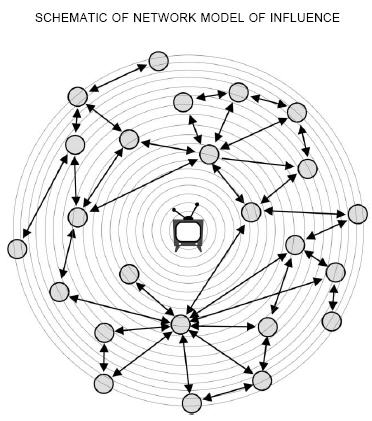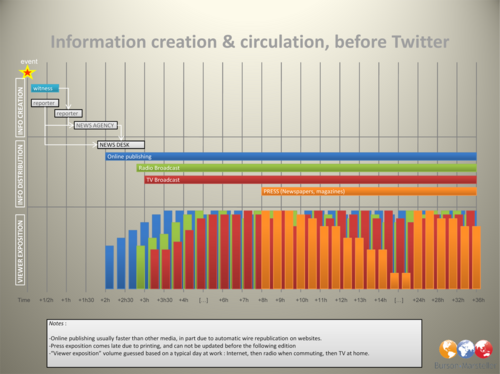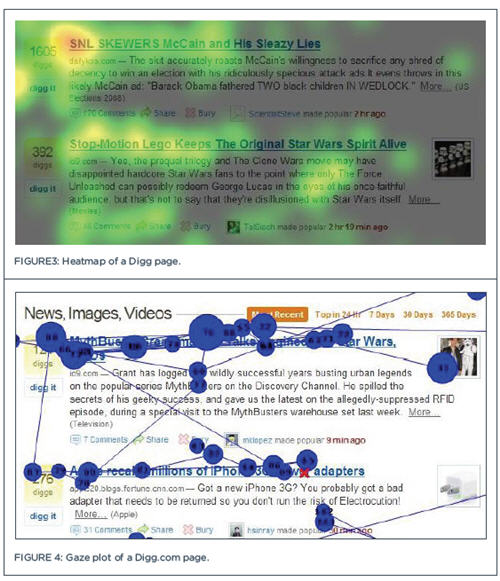Who are the most influential media journalists in the world? Help us compile the list!
Leading up to the Future of Influence Summit held on August 31/ September 1, we will release a ranked list of the Top 50 Most Influential Media Industry Journalists in the world.
The list will analyzed and created using the platform of influence ratings startup Repyoot. However we need to provide a list of candidates to be analyzed for the ratings to be generated.
We have created an open spreadsheet with a list of over 100 prominent journalists covering the media industry in the English language.
Please add to the spreadsheet anyone that you think should be included for consideration in the most influential media journalists list. We will continue to add names ourselves until we submit those names for analysis by Repyoot this weekend.
One of the reasons we are creating this list is to make concrete the idea that “influence is the future of media”. While it is true that technologies of participation are making all of us influencers, mainstream media still affords a different scale of influence and impact. Journalists can now communicate not only through established media, but also through new channels such as Twitter and personal blogs. Together these provide multiple facets to how they exert influence.



